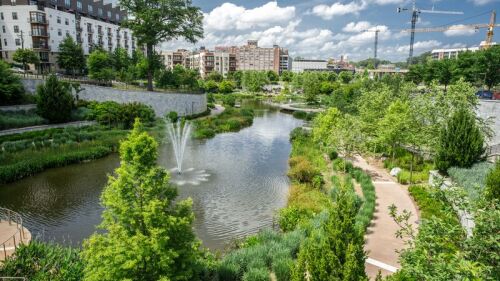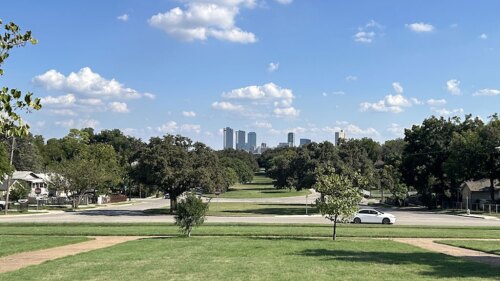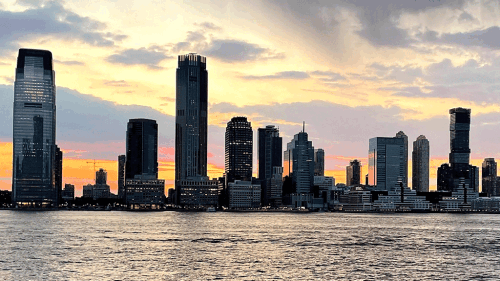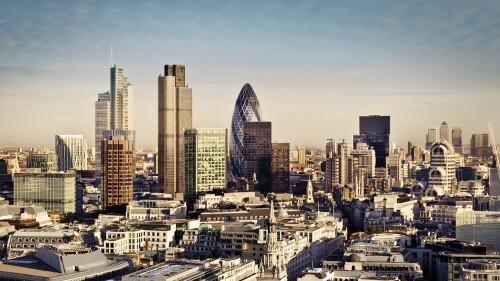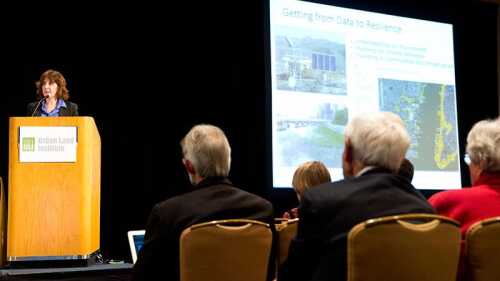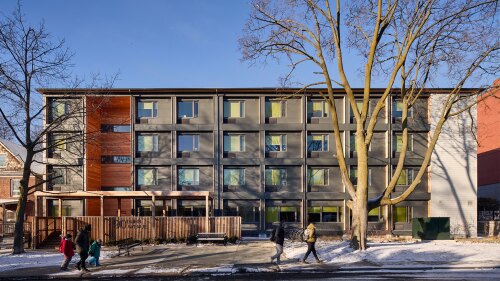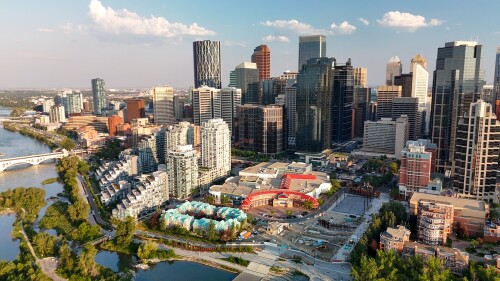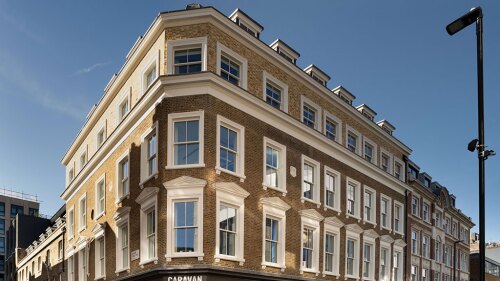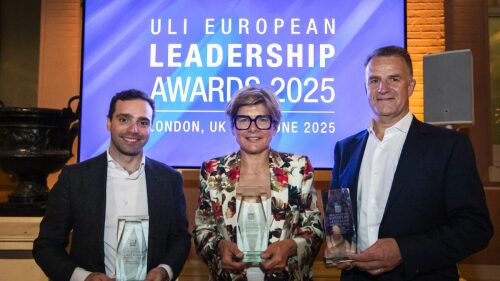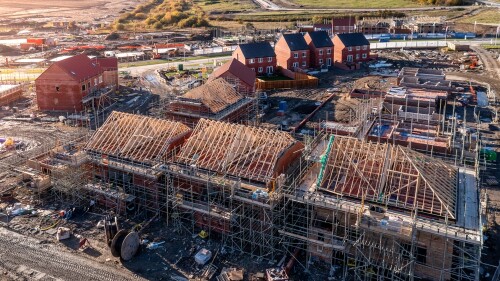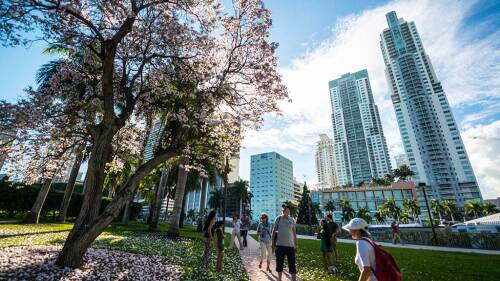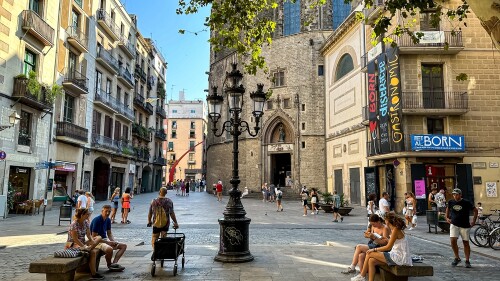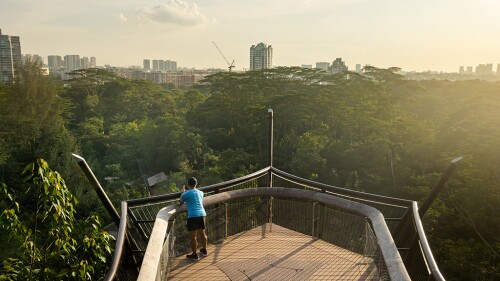Markets
Chicago
Read about ULI from the 1930s—when a fledgling ULI emerged as an independent organization designed to help U.S. land developers—a place where practical knowledge is gathered, shared, and expanded even today—to the 2010s—when ULI kicked off a yearlong celebration of its 75th anniversary at the Institute’s annual Fall Meeting and Urban Land Expo at the Staples Center in Los Angeles.
Dallas
Since the 1980s, the Dallas suburb of Plano has attracted some of the country’s biggest corporate headquarters and established itself as a hub for major employers. But how did Plano revamp to meet the goals of a changing economy and a changing community? The city made a pivot that has been echoed in growing cities around the country: a major shift toward investing in parks and activating green space.
A team of ULI experts visited Fort Worth in September 2024 to develop anti-displacement strategies for the city’s historic, majority Hispanic Northside neighborhood, which faces mounting pressure from two nearby megadevelopments, as well as broader metropolitan growth trends that drove up the area’s property values 60 percent from 2016 to 2021.
From resilient parks to bold adaptive reuse, this year’s winners redefine urban innovation and community impact across the Americas
Los Angeles
Members of the 55-plus market are planning their next move—and they will do it on their terms.
With rental rates skyrocketing in many U.S. cities, more states are exploring ways to protect tenants and address the mounting issues of affordable housing, without wading into the controversial morass of rent control, said panelists during the ULI Housing Opportunity 2019 conference.
E-commerce’s explosive growth, an emphasis on speeding up supply chain fulfillment, and robust leasing demand among traditional warehouse users are dramatically influencing the industrial property market. Several quarters of healthy absorption and strong rent growth across most U.S. markets not only have turned the cavernous boxes into commercial real estate darlings, but also are driving a warehouse construction boom that is churning out larger buildings designed to enhance rapid delivery.
New York City
New Yorkers have gotten used to watching the sun set behind the piers and towers of Jersey City, the major metropolis of New Jersey’s so-called Gold Coast. But for many years, Jersey City’s glittering line of luxury apartments and office blocks stopped at the water’s edge. Tucked behind modern high-rises, the rest of the city was a patchwork of charming historic districts, aging apartment buildings, public housing, and contaminated, abandoned industrial sites.
Despite the monetary headwinds and continued economic uncertainty around the world, there is a strong belief that the global real estate industry is at a “pivot point,” with improving prospects ahead for renewed investment activity, according to the latest Emerging Trends in Real Estate® Global Outlook 2024 from PwC and the Urban Land Institute.
The mental and physical benefits of being close to bodies of water—or “blue space”—have made headlines amid growing consumer interest in health and wellness. Scientific studies have shown the positive impacts of living and spending time near oceans, lakes, ponds, and rivers—benefits including reduced stress and anxiety, improved sleep, and generally a healthier and more active lifestyle.
San Francisco
Far from being a problem for future generations, climate change and its impacts both severe and incremental are confounding communities across the country every single day, according to Rebecca Smyth, the West Coast director of the Coastal Services Center, a branch of the National Oceanic and Atmospheric Administration (NOAA) that focuses on coastal health, restoration, and resilience.
Ten apartment and condominium buildings model mid-rise design strategies.
As cities become denser, the cost of high-density parking begins to pencil out for developers—which is when the development of parking that automatically stores and retrieves cars becomes attractive.
Toronto
Across North America, cities are confronting a housing crisis that demands urgent, innovative responses. In Toronto, the launch of the Rapid Housing Initiative (RHI) in April 2020 marked a pivotal moment—an accelerated effort at the height of the pandemic to deliver safe, stable housing. Since then, unprecedented investments have been made in communities across Ontario to address housing insecurity, reshaping the province’s residential landscape.
Canada’s real estate market is in the midst of a pivotal shift as the Bank of Canada (BoC) rolls back what has been “higher for longer” interest rates. Yet despite welcome relief on financing costs, real estate leaders are still moving somewhat cautiously amid uncertainty and fluid market dynamics.
Obsolete buildings will constitute up to 50 percent of all new housing in cities
London
In the heart of London’s Covent Garden neighborhood, a complex of five Victorian-era structures—previously home to a seed merchant company, a brass and iron foundry, and a Nonconformist chapel, among other uses—have been restored and adapted into a single, cohesive office building with ground-floor retail and dining space. The three-year restoration preserved the property’s industrial heritage, yet it provides enough flexibility to meet the needs of today’s workforce.
The awards celebrate a senior leader, a young professional and a DEI champion
ULI has launched C Change for Housing, a major new pan-European program designed to mobilize the real estate industry around two of society’s most urgent and interconnected challenges: the climate crisis and housing affordability.
Paris
Although ready to commence a new real estate cycle, real estate leaders globally are braced for another challenging year of uncertainty, with lingering inflation, largely driven by factors including geopolitical instability, and persistently higher interest rates in some regions, potentially delaying a hoped-for recovery in capital markets and occupancy metrics. This is according to the Emerging Trends in Real Estate® Global Outlook 2025 from PwC and ULI, which provides an important gauge of global sentiment for investment and development prospects, amalgamating and updating three regional reports which canvassed thousands of real estate leaders across Europe, the United States and Asia Pacific.
The outlook for the European real estate market is cautiously optimistic despite growing geopolitical uncertainty and concerns about economic growth, with London, Madrid, and Paris emerging as the standout performers, according to a new report by PwC and the Institute.
According to the second annual C Change Survey, 93 percent of respondents report incorporating transition risks into their real estate investment decisions, indicating the industry’s growing awareness and commitment to integrate climate-related financial risks into decision-making processes.
Hong Kong
At the 2025 ULI Asia Pacific Summit—May 26–29, in Hong Kong—a panel of Asian economic and geopolitical experts addressed one of today’s most immediate global concerns: the implications of U.S.–China economic decoupling and the broader geopolitical shifts reshaping global trade and investment.
Fourteen developments from across Asia have been named winners of the 2025 ULI Asia Pacific Awards for Excellence, one of the real estate industry’s most prestigious honors. Announced at the 2025 ULI Asia Pacific Summit held in May in Hong Kong, this year’s award winners include projects in Australia, Bangladesh, China, India, Japan, the Philippines, and Singapore.
The creation of public space from unused, underused, or unequally shared linear spaces in urban areas has been happening for a long time. Major reference points in the architectural and planning worlds are Boston’s Emerald Necklace, designed by Frederick Law Olmsted (1878–1896); Freeway Park in Seattle (1972-1976); the Baltimore Inner Harbor (1963–1983); the Promenade Plantée in Paris (1987-1994); and the High Line in New York (2005–2019).
Singapore
A seminar organized by the ULI Singapore NEXT Committee presented attendees with the little-known concept of real estate “tokenization,” or fractional investing/trading, as a potential bridge between private investors and direct ownership. Although not new, tokenization in real estate is a niche market, particularly in Asia Pacific, with Singapore hosting a small number of the specialized digital platforms.
Once the site of an abandoned quarry, Singapore’s Rifle Range Nature Park now serves as a buffer zone protecting one of the island nation’s last primary rainforests, Bukit Timah Nature Reserve, from encroaching development and human activity. Located to the reserve’s south, Rifle Range is Singapore’s first net-positive energy nature park, harvesting more energy than its annual operational requirements.
One of Singapore’s most vibrant districts demonstrates how public/private partnerships and the community can shape the built environment.


